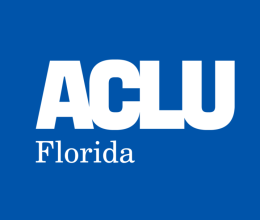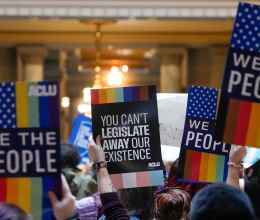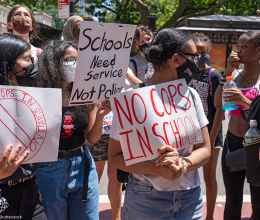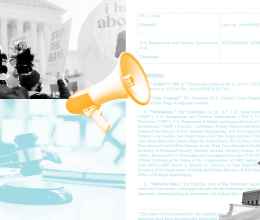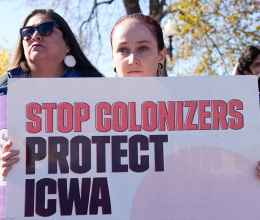
You may have heard the term ‘School-to-Prison Pipeline’ over the last few years. It is a term given to the trend of youth being pushed out of school through exclusionary discipline policies and swept into the criminal justice system by the criminalization of normal adolescent behaviors. This trend has a significant disparate impact on youth of color, LGBTQ youth and youth struggling with disabilities or trauma.
This trend emerged the early 2000s following a shift in school discipline from graduated penalties to zero tolerance policies, and an increase in school policing, and the emergence of laws requiring schools refer youth to law enforcement for violating certain school rules. These new tough-on-misbehavior culture had its roots in fear: 1999’s school shooting at Columbine and the touted “super predator” theory that a new breed of youthful offender was emerging. Those super predators never arrived. Only teenagers doing the same things teenagers have always done, but now punished harshly, pushed out of their schools and burdened with criminal records.
This fact sheet provides some data points to incorporate into your advocacy and help educate decision makers and the community on the pipeline.
Schools Push At-risk Students Out
Florida schools still rely on exclusionary discipline.
- Nearly 345,000 suspensions each year in Florida, including more than 100 at the preschool level.
- 570 expulsions
- 7,000 alternative placements
- Florida's black students are 2.5 times as likely to be removed from classrooms as their white peers.
- Florida’s LGBTQ youth are more than twice as likely to report feeling unsafe at school, being bullied at school and fighting at school than their heterosexual peers. Three of five LGBTQ youth report being disciplined through suspensions or expulsions.
- Florida’s students with disabilities, evidenced by Individualized Education Plans are 2.7 times as likely to be suspended and 17.4 times as likely to be expelled.
Exclusionary discipline marks students as “bad kids"
- School disciplinary history is used in criminal justice and education decision-making, allowing for secondary sanctioning.
- Students are marginalized, and criminalization deepens with each successive sanction.
Law Enforcement Gets involved
- Florida schools referred 13,749 students to law enforcement.
- Florida schools refer students to law enforcement 30% more often than the national average.
- Florida schools are more than twice as likely to refer black students to law enforcement and 3.25 times as likely to be refer students with Individualized Education Plans.
- Law enforcement is nearly 3 times as likely to arrest black students at school and 7.8 times as likely to arrest students with learning disabilities at school.
The Criminal Justice System Pulls Students In
Students pushed out of schools are more likely to drop out.
- Some alternative schools are used to warehouse at-risk students until they drop out or are arrested.
- Not graduating high school is associated with a great risk of future incarceration.
The developmental needs of students in detention or jail are neglected.
- Detention centers and jails are to protect the public. They are ill-prepared to nurture growing minds, teach conflict resolution or other executive functioning skills or to educate their detainees.
- Florida students held in smaller jails have no access to education other than GED programming. Larger jails also fail to provide the legally required education, with some offering only 2 or 3 hours of instruction per week.
Students pushed out of schools are more likely to be arrested.
- Exclusionary discipline puts more strain on at-risk students and their families, further disconnects them from the school environment, and stigmatizes at-risk youth.
- Students not in school because of discipline are more than twice as likely to be arrested.
